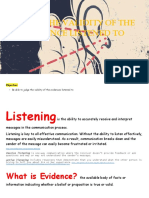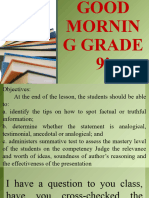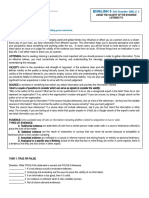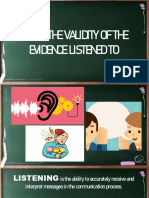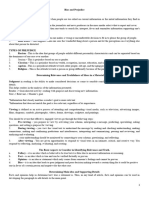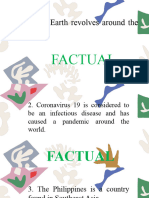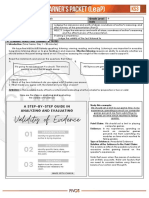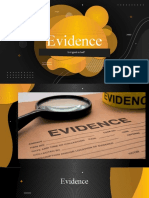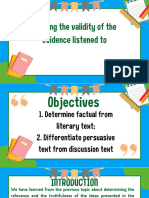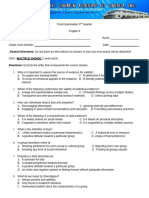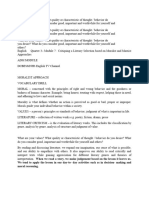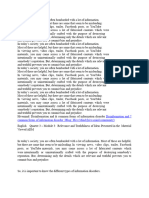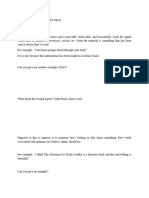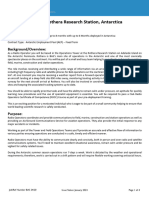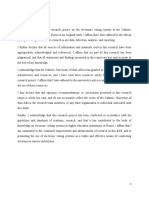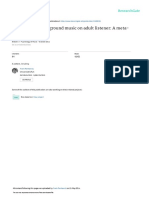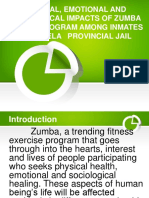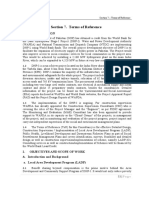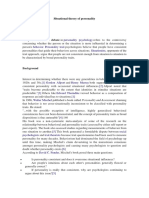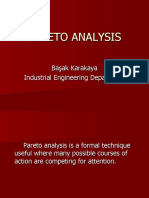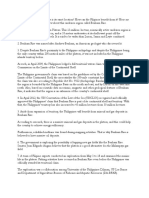0% found this document useful (0 votes)
59 views11 pagesJudge
The document discusses different types of evidence used to support arguments including textual, testimonial, statistical, analogical, and anecdotal evidence. It explains what each type of evidence is and provides examples. The document also discusses active listening and passive listening.
Uploaded by
Vanessa Angela Valdez RamosCopyright
© © All Rights Reserved
We take content rights seriously. If you suspect this is your content, claim it here.
Available Formats
Download as DOCX, PDF, TXT or read online on Scribd
0% found this document useful (0 votes)
59 views11 pagesJudge
The document discusses different types of evidence used to support arguments including textual, testimonial, statistical, analogical, and anecdotal evidence. It explains what each type of evidence is and provides examples. The document also discusses active listening and passive listening.
Uploaded by
Vanessa Angela Valdez RamosCopyright
© © All Rights Reserved
We take content rights seriously. If you suspect this is your content, claim it here.
Available Formats
Download as DOCX, PDF, TXT or read online on Scribd
/ 11




